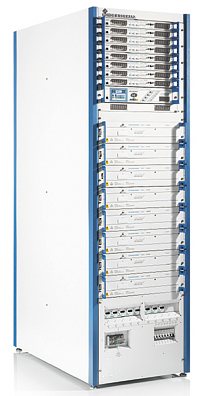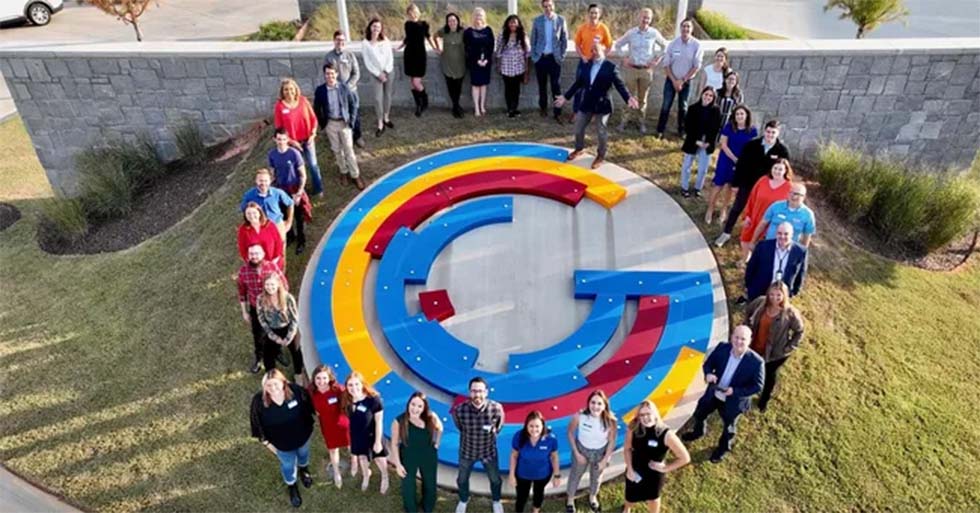Monetizing Mobile DTV

Charles GolvinWASHINGTON
As final testing on the ATSC Mobile DTV system continues with a formal go-ahead in sight this summer—propelled by its rapid ascension to Candidate Standard status in late 2008—broadcasters are increasingly starting to weigh the possible benefits of potential new revenue streams that typically would not require expensive new content.
Stations will not be the only mobile DTV game in town, but unlike most current platforms currently underway such as MobiTV and Media FLO, local broadcasters may have the option of simulcasting their valuable on-air content (pending clearance of potential copyright hurdles from content producers, including syndicators).
The Open Mobile Video Coalition, a broadcast alliance pushing for the rapid deployment of ATSC Mobile TV, used the 2009 International CES last month to announce the "first wave of stations committed" to launching mobile TV by late 2009. The initial rundown includes 54 stations in more than 20 markets—which OMVC said covers more than one-third of the nation's 114 million TV households. Committed stations include affiliates of the big four networks (although at deadline it did not include nine public stations still "in discussions" with OMVC).
The first-wave list includes at least one broadcaster in seven of the top 10 markets, including the largest, New York City (WPXN-TV). Not included is Los Angeles (DMA no. 2). The smallest market on the early-rollout list is Toledo, Ohio (DMA no. 73) and the market with the most commercial commitments so far is Columbus, Ohio (DMA no. 32)—with its ABC, CBS, Fox, NBC and CW affiliates on board.
THE 'NEW MEDIA'
Because the ATSC Mobile TV scheme (also known as ATSC M/H) is built on top of the existing digital broadcast system, start-up costs for streaming content to a wide array of new mobile devices (ranging from tiny smart phones to family SUV monitors) should be minimal, according to Anne Schelle, OMVC's executive director.
"Mobile DTV allows broadcasters to reach their viewers in more locations, at more times in the day, and in more formats, and this is expected to increase viewing time and create new revenue streams, thus translating into higher revenues for broadcasters," Schelle said. The coalition has ramped up a special group to explore business options, headed by Media General Senior Vice President Jim Conshafter.
Schelle said mobile DTV can support a variety of services—including free advertiser-supported TV and interactive services delivered in real-time—as well as maybe subscription services with file-based downloads for later playback. "The ATSC standard can also be used for transmission of new data broadcasting services. Broadcasters will now be the new 'new media'," she said. As for a possible congressional delay of the Feb. 18 DTV transition, Schelle is confident it would not greatly impact mobile TV's launch later this year. "Our plans announced [at CES] are on track and not dependent on the analog shut-off."
While ATSC mobile proponents eye an array of new portable devices to capture broadcast content (notably in moving vehicles), millions of cell-phone users already have various video options on their current mobile equipment. Thus, to exploit mobile TV's growth, broadcasters may have to strike up new synergies outside the industry, according to Charles Golvin, principal analyst at Forrester Research. "The most interesting questions to me revolve around the relationships between broadcasters—in which I include MediaFLO—and mobile [cell] operators."
"Advertisers increasingly value the ability to measure the performance of their ads," Golvin said, "and the ability to directly interact with the consumer. Mobile operators are a key to doing both because they hold the data about the customer, their networks are necessary to power the interactivity, and at least for the foreseeable future they control the distribution channel for the devices consumers use to watch mobile TV. It will be very interesting to see how broadcasters construct a model that benefits both themselves and mobile operators."
DIRECT TO CONSUMER
In a broader sense, says ATSC Executive Director Mark Richer, the commerce side of ATSC Mobile DTV "is set to provide a great opportunity for broadcasters to rebuild their 'direct-to-consumer' business by leveraging the wireless and local nature of their DTV transmissions." Consequently, several manufacturers have been busy assessing the potential needs for what eventually could include the majority of America's broadcast stations choosing to deploy some form of mobile service.

Rohde & Schwarz Nx8600 liquid-cooled transmitter. Rohde & Schwarz was involved in the initial development of mobile DTV with its work on the once-competing Advanced VSB system in cooperation with Samsung. According to R&S Director of Sales Eddy Vanderkerken, the firm's new ATSC M/H product line for stations includes liquid-cooled (and air-cooled) transmitters (models Nx8600, Nx8300), a software-pliant exciter (SX800), a ATSC M/H multiplexer (AEM100) and MPEG-4 encoder (AVE264), and a SFU TV signal generator.
Some stations already have DTV hardware new enough that they can be fairly easily upgraded for mobile DTV. Acrodyne Vice President of Engineering Andy Whiteside said his firm has been shipping solid-state transmitters with M/H-ready exciters for the past year.
"The exciter in these transmitters can be readily converted to M/H operation with a firmware upgrade that will be made available once the ATSC [formally] approves the standard," Whiteside said. "We fully expect that early adopters will leverage their existing transmitting plant—and the higher the power, the better—for M/H broadcast. But as the market demand for mobile reception increases, there will be a need for enhanced coverage."
Axcera Marketing Director Jack Wilson said while ATSC M/H service can be implemented with a single transmitter, in order to improve coverage to handheld devices and inside buildings it's advantageous to broadcast from multiple transmitters configured in a Distributed Transmission System. Axcera's DTS solution consists of a Distributed Transmission Adaptor [DTxA] with a GPS receiver for precision referencing, one or more slave transmitters with GPS receivers, some studio-to-transmitter links, and RF coverage analysis and system design services. "This approach allows multiple signals to be broadcast in overlapping coverage areas on the same channel using any ATSC standard for distributed transmission," Wilson said.
Harris Corp. will soon make available a mobile equipment package that would provide everything necessary to ramp up ATSC Mobile TV, according to Jay Adrick, vice president for broadcast technology. Harris's mobile TV kit will include its Apex M2X exciter and networking system ("NetVX"), featuring a mobile video encoder, multiplexer and encapsulator. Adrick said Harris is also working with Roundbox and Triveni Digital to integrate an electronic program guide into its mobile TV platform.
The professional video industry's #1 source for news, trends and product and tech information. Sign up below.
